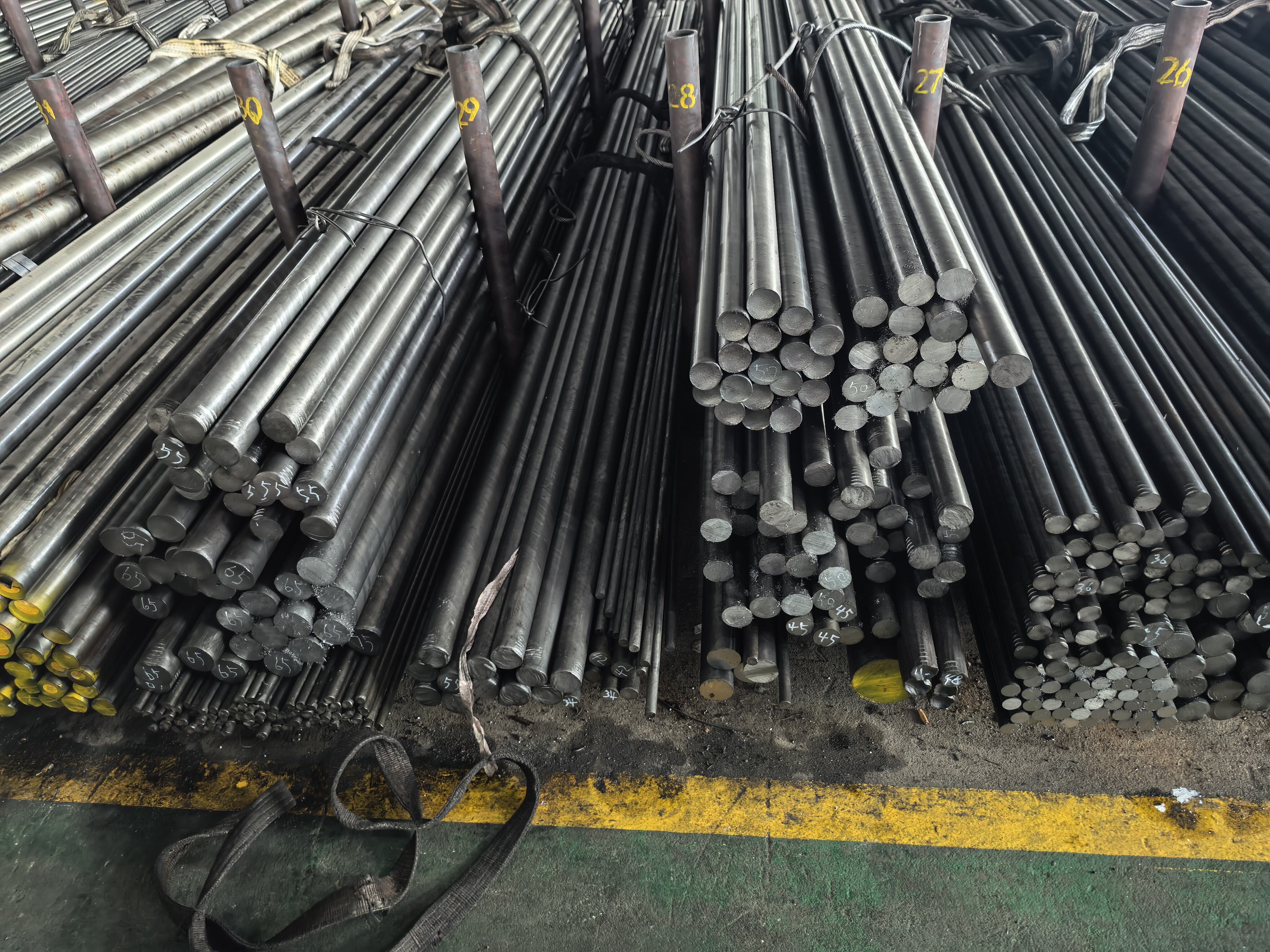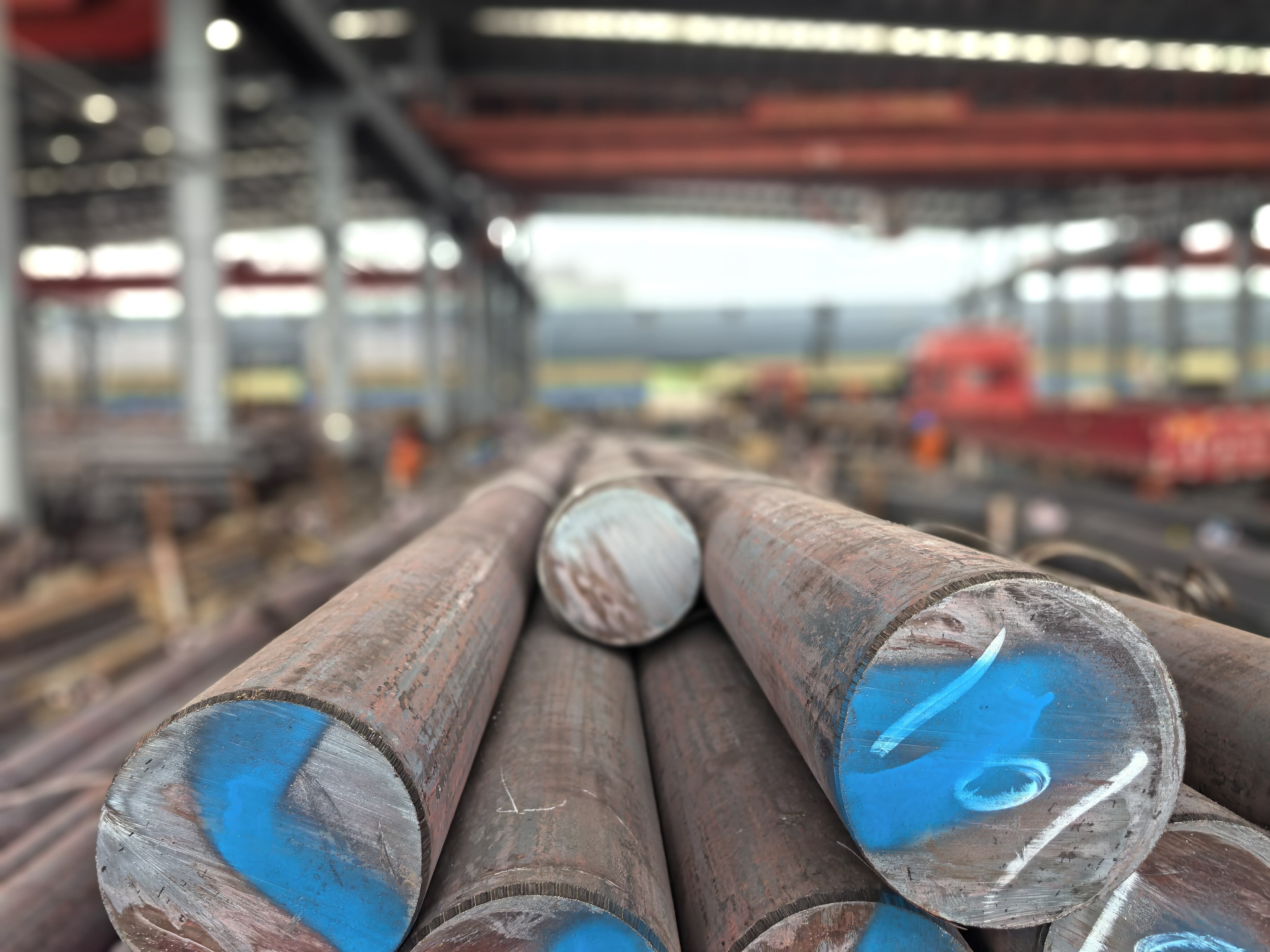Maximizing Performance with High Speed Steel Tools
High speed steel has revolutionized modern machining operations, offering exceptional hardness and heat resistance that makes it indispensable in manufacturing and metalworking. Understanding how to properly utilize this remarkable material can significantly impact productivity, tool life, and overall machining quality. This comprehensive guide explores the essential practices that ensure optimal performance when working with high speed steel tools.

Understanding High Speed Steel Composition and Properties
Chemical Composition and Material Structure
High speed steel is a complex alloy containing various elements including tungsten, molybdenum, chromium, vanadium, and cobalt. These elements work together to create a material that maintains its hardness even at elevated temperatures up to 600°C. The precise composition affects the steel's performance characteristics, with different grades optimized for specific applications.
The microstructure of high speed steel features carbides dispersed throughout a martensitic matrix. This unique structure provides the material with its characteristic red hardness - the ability to maintain cutting efficiency at high temperatures generated during machining operations.
Key Performance Characteristics
The exceptional properties of high speed steel make it particularly suitable for high-temperature applications. Its wear resistance, coupled with good toughness, allows tools to maintain sharp cutting edges under demanding conditions. The material's ability to withstand thermal shock means it can handle repeated heating and cooling cycles without degradation.
Understanding these fundamental properties is crucial for selecting the right grade of high speed steel for specific applications. Different compositions offer varying levels of wear resistance, toughness, and heat resistance, allowing users to optimize tool performance for their particular needs.
Proper Tool Selection and Preparation
Selecting the Right Grade
Choosing the appropriate high speed steel grade depends on several factors including the workpiece material, cutting conditions, and required surface finish. M2 grade, for instance, offers excellent all-around performance and is widely used for general-purpose cutting tools. For more demanding applications, grades like M35 or M42 with higher cobalt content provide enhanced heat resistance and wear resistance.
Consider the specific requirements of your application when selecting tools. Factors such as cutting speed, feed rate, and depth of cut all influence the optimal choice of high speed steel grade. Premium grades might cost more initially but often prove more economical in the long run through extended tool life and improved performance.
Tool Preparation and Maintenance
Proper tool preparation is essential for maximizing the performance of high speed steel tools. This includes correct grinding techniques to achieve optimal cutting geometry and edge preparation. The grinding process must be carefully controlled to prevent overheating, which can affect the steel's properties and reduce tool life.
Regular maintenance, including periodic resharpening and inspection for wear or damage, helps ensure consistent performance. Implementing a systematic approach to tool maintenance can significantly extend tool life and maintain cutting efficiency.
Optimizing Cutting Parameters
Speed and Feed Rates
Setting appropriate cutting speeds and feed rates is crucial when working with high speed steel tools. While the material can handle higher temperatures than carbon steel, exceeding recommended parameters can lead to rapid tool wear or failure. Starting with conservative cutting speeds and gradually optimizing based on results often yields the best outcomes.
Different workpiece materials require different cutting parameters. Maintaining a database of proven cutting parameters for various materials and operations can help ensure consistent results and optimal tool performance.
Cooling and Lubrication Strategies
Effective cooling and lubrication are essential for maximizing the performance of high speed steel tools. Proper coolant selection and application can significantly extend tool life and improve surface finish quality. The choice between flood cooling, minimum quantity lubrication (MQL), or dry machining depends on the specific application and environmental considerations.
Regular monitoring and maintenance of coolant systems ensure optimal performance. This includes checking coolant concentration, pH levels, and cleanliness, as well as proper filtration to remove metal particles and other contaminants.
Advanced Application Techniques
Surface Treatments and Coatings
Modern surface treatments and coatings can enhance the performance of high speed steel tools. Techniques such as nitriding, vapor deposition coatings, and other surface modifications can significantly improve wear resistance and reduce friction. These treatments can be particularly beneficial in demanding applications where tool life is a critical factor.
The selection of appropriate surface treatments should consider the specific application requirements and operating conditions. Some coatings may provide better performance in certain materials or cutting conditions than others.
Process Optimization and Monitoring
Implementing robust process monitoring and optimization strategies helps maintain consistent performance when using high speed steel tools. This includes regular measurement of cutting forces, temperature monitoring, and vibration analysis to detect potential issues before they lead to tool failure or quality problems.
Modern machine tools often include sophisticated monitoring systems that can help optimize cutting parameters and predict tool wear. Utilizing these capabilities effectively can lead to significant improvements in productivity and tool life.
Frequently Asked Questions
How does high speed steel compare to carbide tools?
High speed steel tools generally offer better toughness and are less brittle than carbide tools, making them more suitable for interrupted cutting operations and variable cutting conditions. While carbide tools can typically operate at higher speeds, high speed steel tools are often more cost-effective for lower volume production and offer easier resharpening capabilities.
What are the signs of tool wear in high speed steel tools?
Common signs include increased cutting forces, deteriorating surface finish quality, changes in chip formation, and audible changes in cutting sound. Regular inspection of cutting edges for flank wear, crater wear, or chipping helps identify when tool replacement or resharpening is necessary.
How can tool life be extended when using high speed steel?
Tool life can be significantly extended through proper cutting parameter selection, adequate cooling and lubrication, regular maintenance, and appropriate surface treatments or coatings. Additionally, implementing proper storage and handling procedures helps prevent premature tool damage or degradation.


